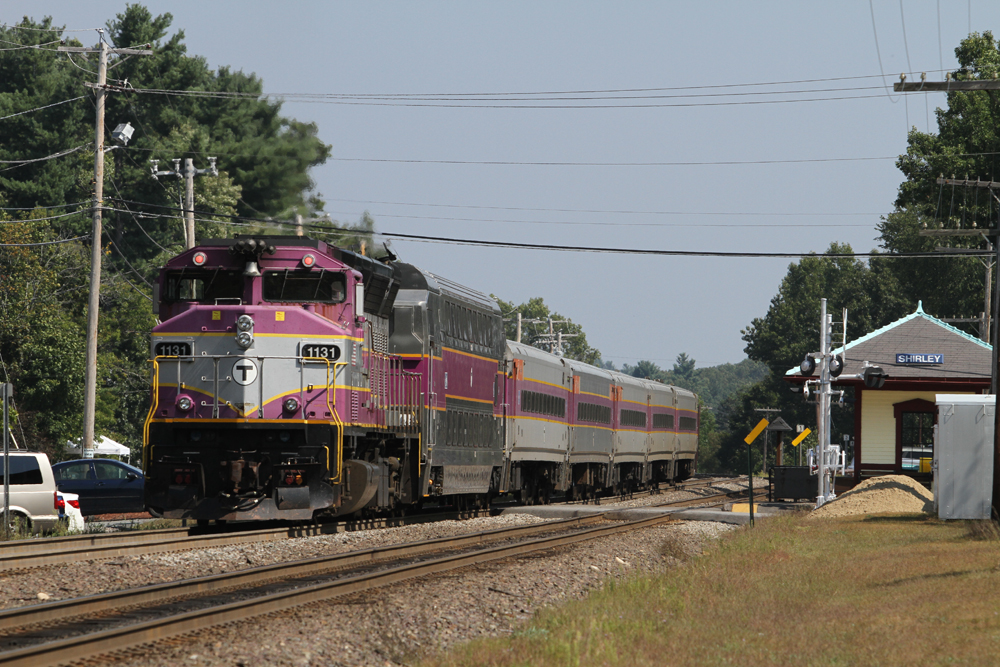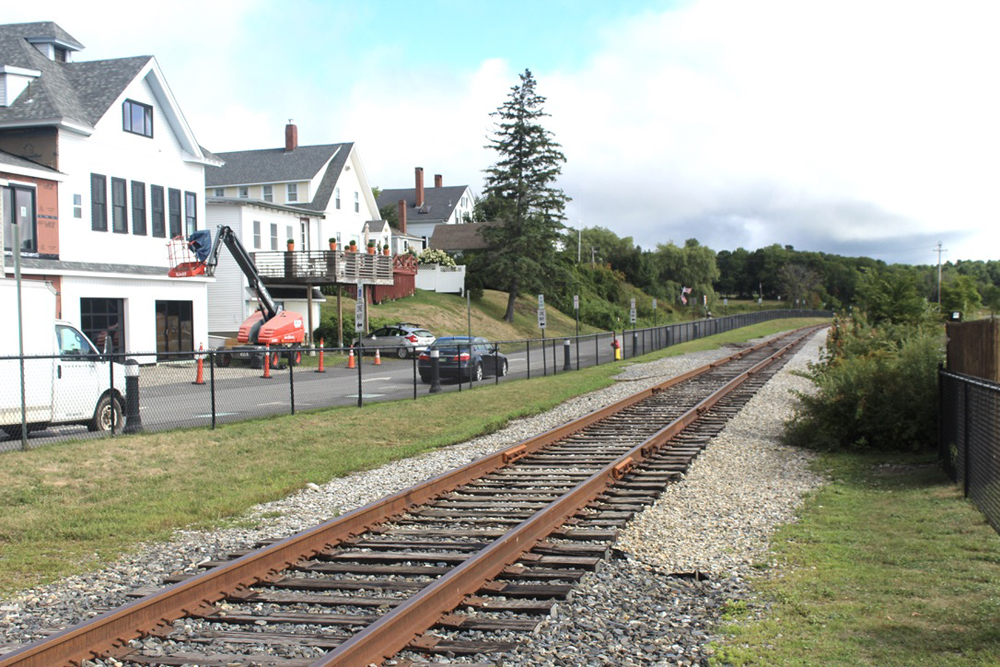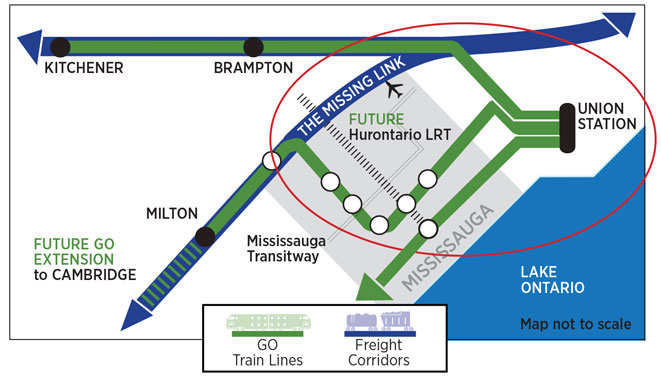The 102-foot-long turntable itself is an historic artifact, having been manufactured in 1924 by American Bridge Co., likely in Coos Bay, Ore., where it had a plant. For years the turntable operated in Southern Pacific’s and then Union Pacific’s Brooklyn Yard in Portland. When UP reconfigured the yard as an intermodal terminal, it tore down a roundhouse (in September 2012) where three steam locomotives owned by the city of Portland were stored and maintained.
The locomotives were moved to the new Oregon Rail Heritage Center, allowing the public to see the locomotives up close. UP also donated the turntable.
Greg Fitzgerald, the foundation’s executive director, says the turntable will serve a practical purpose. While on display or being worked on, locomotives face south; the main line, however, runs north, so getting the locomotive facing the right direction requires backing to a wye in North Portland a few miles away, a cumbersome and expensive process. The turntable can also be used for moving cars on and off display and repair tracks.
The turntable will be installed south of the front entrance and line up with the track through the center. The foundation has the turntable’s components, including track, pivot brings, the harp (the structure that goes over the top of the turntable and what it’s carrying), electrical pieces and the bridge itself. It also has the original motors, although those will be replaced with more efficient, reduced-horsepower motors.
“We don’t need to move it that fast,” Fitzgerald says. “It’s way overpowered.”
Construction will also require the driving of 50 steel piers. Because the center sits on a former sawmill site, and the soil includes decaying sawdust, 86 steel piers had to be installed to provide a base for the building.
The estimated cost of the project is $1.8 million. The foundation is looking to raise $400,000. It has received a $500,000 grant from the M.J. Murdock Charitable Trust, with $250,000 of that up front, and $250,000 when the foundation raises $500,000 to match.
Fitzgerald said the foundation is now working with the city on permits, which should take another 12 to 14 weeks. Construction will take eight to nine months.
The main attractions of the Oregon Rail Heritage Center are the three locomotives: Southern Pacific 4-8-4 No. 4449; Spokane, Portland & Seattle 4-8-4 No. 700, and the Oregon Railway & Navigation 4-6-2 No. 197 (still undergoing restoration work). But Fitzgerald believes the turntable too will draw visitors.
“It’s a tremendous attraction,” he says. “This is going to be one of only a few turntables in the west that are open to the public. We might even offer rides in cars on the turntable.”














I think the term “steel piers” is a misnomer. I believe they are talking about steel “piles”, not piers. Turntable pits built in soft soils often rest on piles. The piles support the center bearing and the ringrail/pitwall. On legacy turntables these piles were often timber. Steel H-piles or pipe piles are preferred today. The piles are driven to capacity and then the concrete center bearing foundation or concrete pit wall is cast around the top of the pile, fully encasing the pile and transferring the load of the turntable bridge and locomotive to the pile. This would be the case with either timber, concrete, or steel piles. Fully buried in the soil and encased in concrete, the pile is in a nearly oxygen free environment so timber decay and steel corrosion is a very slow process compared what occurs in open air.
Turntable don’t always need a pit. Much cheaper to build it in open at ground level and ramp the lead up to reach its level. Better during snow also, and drainage. The turntable at Alma, Maine on the WW&F works very well without a pit.
Michael Moss,
Digging out the old sawdust and replacing it with good fill would’ve increased the cost of the center but untold millions of dollars, something most museums(aka non-profits) don’t have, not to mention all the extra time and permitting it would take. By the time the steel piers rust out(if that actually ever happens, it is not guaranteed, depending on how the steel piers are treated)…it will be several centuries from now and nothing neither you or I need to worry about.
I wonder why the just didn’t dig out sawdust and replace with good fill. The steel piers will eventually rust out.
One might fault the UP for its haste in ripping out the Brooklyn facilities.
The Foundation is raising funds to build a Foundation. Makes cents.
Having a turntable is a pretty big deal. Turning big steam locomotives is a big challenge for any kind of operation. The Museum in Portland is a nice group.